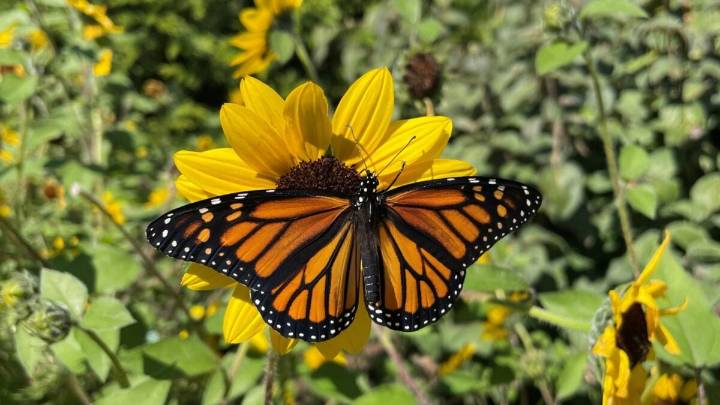Each fall, millions of eastern North American monarch butterflies migrate up to 3,000 miles south to the mountains of central Mexico, then return to their northern range in the spring. These winged insects rely on a complex navigation system to go to and from their overwintering sites, and new research suggests climate change may be messing with it.
Monarch butterflies have two distinct biological “compasses.” The primary one infers direction based on their circadian rhythm and the position of the Sun, but on overcast days, they switch to a backup compass that infers direction from Earth’s magnetic field. Scientists already knew seasonal temperatures play a critical role in calibrating these navigational biomechanisms during the fall migration, but they weren’t sure if the same rules appl

 Gizmodo
Gizmodo

 Local News in Florida
Local News in Florida Spectrum News Louisville
Spectrum News Louisville Raw Story
Raw Story The Motley Fool
The Motley Fool Vogue Fashion
Vogue Fashion The List
The List CNN
CNN